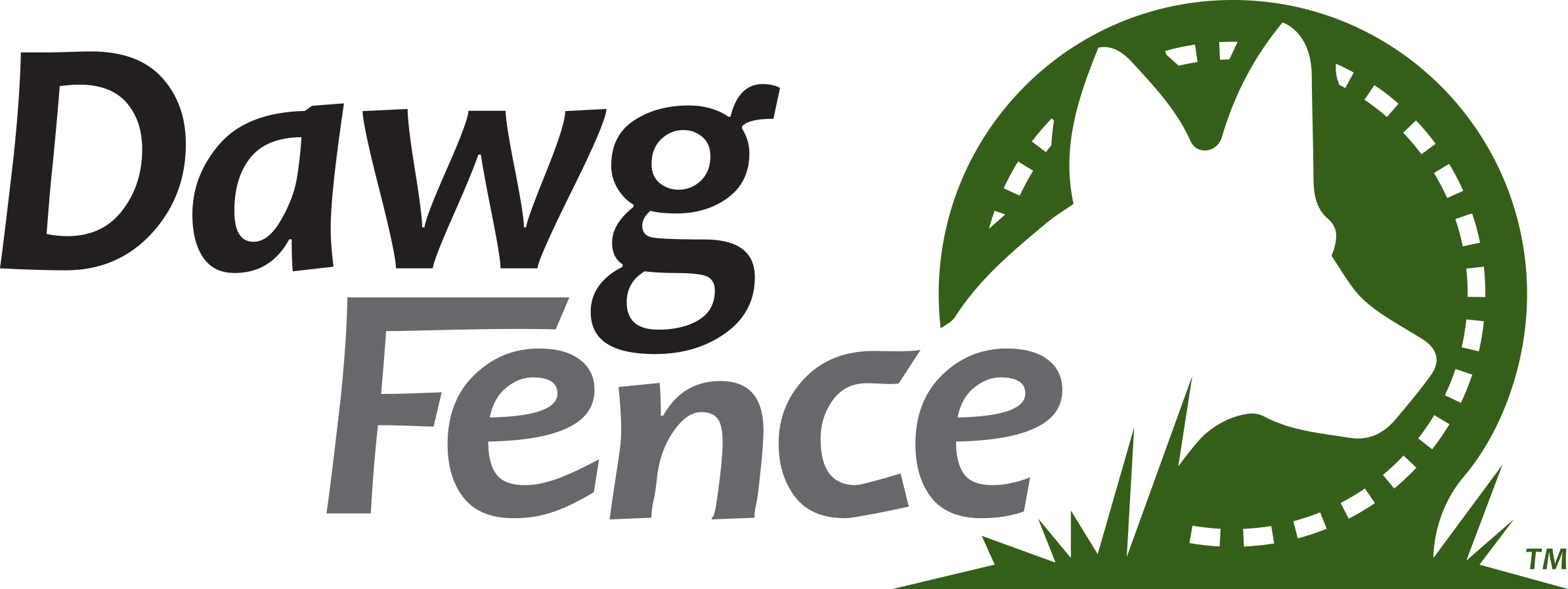When it comes to keeping your pet safe, you want to invest in the best option available. Although many pet owners want to utilize an invisible fencing system, many don’t know whether a wireless or underground solution is the best fit for their furry friend.
Wondering how to decide between an underground vs a wireless fencing system? Here’s everything you need to know about the pros and cons each system has to offer.
What is a Wireless Pet Fence?
A wireless pet fence creates a circular boundary around a transmitter which is linked to a receiver on the pet’s collar. To keep your pet inside the boundary, the collar issues a correction if your pet ventures beyond the range of the transmission and the collar lose the signal. Essentially, this type of fencing system creates a bubble, and the collar issues a correction when the pet has gone beyond the limit of the bubble.
Where Should I Use a Wireless Fence?
A wireless fence is a great option for a smaller space since the signal only covers a limited circumference. Wireless fences are a popular choice for small yards and even indoors, keeping pets safe and contained.
Pros and Cons of a Wireless Pet Fence
-
- Pros:
-
-
- Easy Installation – Because a wireless fence consists of a transmitter sending a signal to the pet’s collar, a wireless fence is incredibly easy to install. Set up the transmitter in the desired location and automatically create a contained area where your pet can roam free.
- Virtually No Maintenance – The wireless pet fence requires little to no maintenance. You may need to recharge or replace a battery in the collar, but otherwise, the wireless fence should be good to go without much upkeep.
-
-
- Cons:
-
-
- Limited Range – Since the wireless fence is based on the integrity of the signal to the collar, the range is much more limited than an underground fence.
- Circular Boundary – Due to the way the wireless fence transmits the boundary, wireless fences only have a circular range. While a circular boundary may be adequate in many scenarios, it may not be the right shape for other yards or spaces.
- Less Reliable Signal – Since the wireless signal is transmitted through the air, the potential for false activation or interference is much higher. Materials made of metal may interrupt the signal, or the signal can be lost over variable terrain. This means that the wireless fence works best in flat, open spaces.
-
What is an Underground Pet Fence?
An underground pet fence is a wired system that’s installed underground to create a perimeter. When a pet approaches the underground boundary a signal activates the receiver in the collar, issuing a small correction. Unlike the wireless fence, which is activated when a pet oversteps a boundary and the signal is lost, the underground fence issues the correction as the pet approaches the boundary.
Where Should I Use an Underground Pet Fence?
An underground fence can be used in virtually any outdoor location. Since the perimeter is buried beneath ground level, this is an excellent option for irregularly-shaped yards and large properties.
Pros and Cons of Underground Fencing
-
- Pros:
-
-
- Reliable Transmission – Since the underground fence isn’t transmitted via a wireless connection, the integrity of the boundary is easier to maintain. With an underground fence, you don’t need to worry about metal objects interfering or hilly terrain interrupting a signal.
- Customizable – The underground fence is a safe and effective option for properties of all shapes and sizes. Not limited to a circular transmission area, the underground fence can twist and turn along your property line, or section off certain areas like swimming pools or garden beds.
- Larger Area – An underground fence has the ability to cover a large area of up to 5 or more acres. This allows you to create a boundary on a larger property without impeding your views.
-
-
- Cons:
-
-
- More Involved Installation – Since a wireless fence needs to be embedded underground, it requires a much more involved installation process. This may discourage some pet owners from choosing this option.
- More Maintenance – Underground fencing requires consistent upkeep and maintenance since sections of the fence may become deactivated over time. Fixing these spots is often time-consuming and may result in unprotected areas where pets can escape.
-
Why Dawg Fence is a Long-Term Safety Investment
Dawg Fence is an underground invisible fencing system designed to keep your pet safe. With options for indoor and outdoor customizable installation, Dawg Fence is a long-term solution that offers reliable results. Contact us today to learn more!

